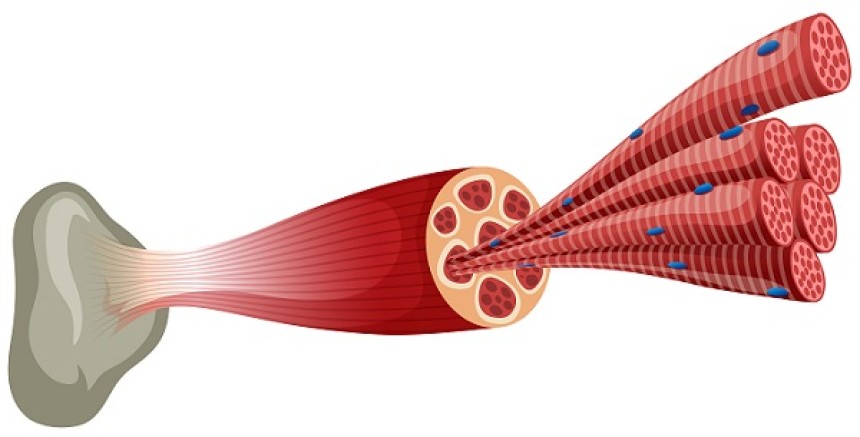
Restless legs syndrome
Restless legs syndrome (RLS) is a treatable sleep disorder causing leg discomfort and an irresistible urge to move the legs. Treatment includes lifestyle changes, iron therapy for low iron levels, and medications like dopamine agonists or alpha-2-delta calcium channel ligands. Augmentation, a worsening of symptoms with medication, can be managed by adjusting treatment. Refractory cases may require combining medications or using low-dose opioids. Treatment should be tailored to the individual, with careful monitoring for effectiveness and side effects.
Introduction to Restless Legs Syndrome (RLS)
Restless Legs Syndrome (RLS) is a common sleep-related movement disorder characterized by an overwhelming urge to move the legs, usually accompanied by unpleasant sensations. It often involves involuntary, jerking movements of the legs, especially in the evenings, and is transiently relieved by movement. Patients with RLS frequently experience periodic limb movements of sleep (PLMS). RLS is more common in individuals with multiple sclerosis, Parkinson's disease, and spinal cord disorders. Certain medications, including first-generation antihistamines, dopamine receptor antagonists, and mirtazapine, are known to exacerbate RLS. (1, 2, 3)
Treatment Objectives and Approaches for RLS
The primary goals in treating RLS are to eliminate symptoms and improve daytime function and sleep quality. Treatment typically includes a combination of non-pharmacological measures and pharmacological therapy. (4)
Iron Therapy for RLS
For patients with low serum ferritin, iron therapy is recommended. Parenteral iron therapy with ferric carboxymaltose is required for those with serum ferritin levels below 45 to 50 ng/mL, while oral iron replacement with ferrous sulfate is suggested for levels ≤75 ng/mL. However, iron therapy should not be prescribed empirically to avoid iron overload. (5)
Non-Pharmacological Measures
In cases of mild symptoms, non-pharmacological strategies may suffice. These include mental alerting activities, regular moderate exercise, reduced caffeine intake, and symptomatic relief through walking, bicycling, leg massage, and pneumatic compression. (6)
Pharmacological Management of Chronic Persistent RLS
Patients with frequent and distressing RLS symptoms often require medical treatment. The choice of medication depends on various factors, including severity, patient age, comorbidities, drug side effects, and patient preferences. First-line therapies are dopamine agonists or alpha-2-delta calcium channel ligands. Dopamine agonists include carbidopa levodopa CR, rotigotine (transdermal patch), oral pramipexole, and oral ropinirole. Alpha-2-delta ligands include gabapentin enacarbil and pregabalin. In some cases, benzodiazepines like clonazepam may be helpful. The duration of pharmacologic therapy typically ranges from 6 to 12 months. (7)
Managing Augmentation in RLS
Augmentation, an increase in symptom severity after dopamine agonist dosage, requires careful management. Mild augmentation can be managed by splitting the original dosage or starting the dose earlier. For severe augmentation, switching to a long-acting dopamine agonist or adding an alpha-2-delta calcium channel ligand while reducing the original dopamine agonist may be recommended. (8)
Addressing Refractory RLS
In cases where RLS does not respond to standard treatments, re-evaluation of iron stores and reassessment of lifestyle practices are necessary. Combination therapy using a dopamine agonist, alpha-2 delta ligand, and/or a benzodiazepine, or switching to a low-dose opioid, such as tramadol or oxycodone, may be considered. (9)
References
1- Garcia-Borreguero D, Kohnen R, Silber MH, et al.: The long-term
treatment of restless legs syndrome/Willis-Ekbom disease: evidence-based guidelines and clinical consensus best practice guidance: a report from the International Restless Legs Syndrome Study Group. Sleep Med. 2013,
2- Earley CJ: Restless legs syndrome. N Engl J Med. 2003, 348:2103-2109.
3- Allen RP, Picchietti DL, Garcia-Borreguero D, et al.: Restless legs syndrome/Willis-Ekbom disease diagnostic criteria: updated International Restless Legs Syndrome Study Group (IRLSSG) consensus criteria--history, rationale, description, and significance. Sleep Med. 2014, 15:860-873.
4- Hening W, Walters AS, Allen RP, Montplaisir J, Myers A, Ferini-Strambi L: Impact, diagnosis and treatment of restless legs syndrome (RLS) in a primary care population: the REST (RLS epidemiology, symptoms, and treatment) primary care study. Sleep Med. 2004, 5:237-246.
5- Silber MH, Becker PM, Earley C, Garcia-Borreguero D, Ondo WG: Medical advisory board of the Willis-Ekbom disease foundation. Willis-Ekbom disease foundation revised consensus statement on the management of restless legs syndrome. Mayo Clin Proc. 2013, 88:977-986.
6- Becker PM, Novak M: Diagnosis comorbidities, and management of restless legs syndrome . Curr Med Res Opin. 2014, 30:1441-1460
7- Wilt TJ, MacDonald R, Ouellette J, et al. Pharmacologic therapy for primary restless legs syndrome: a systematic review and meta-analysis. JAMA Intern Med. 2013;173:496–505.
8- Geyer J, Bogan R. Identification and treatment of augmentation in patients with restless legs syndrome: practical recommendations. Postgrad Med. 2017;129:667–675.
9- Garcia-Borreguero D, Cano-Pumarega I, Marulanda R. Management of treatment failure in restless legs syndrome (Willis-Ekbom disease) Sleep Med Rev. 2018;41:50–60.





